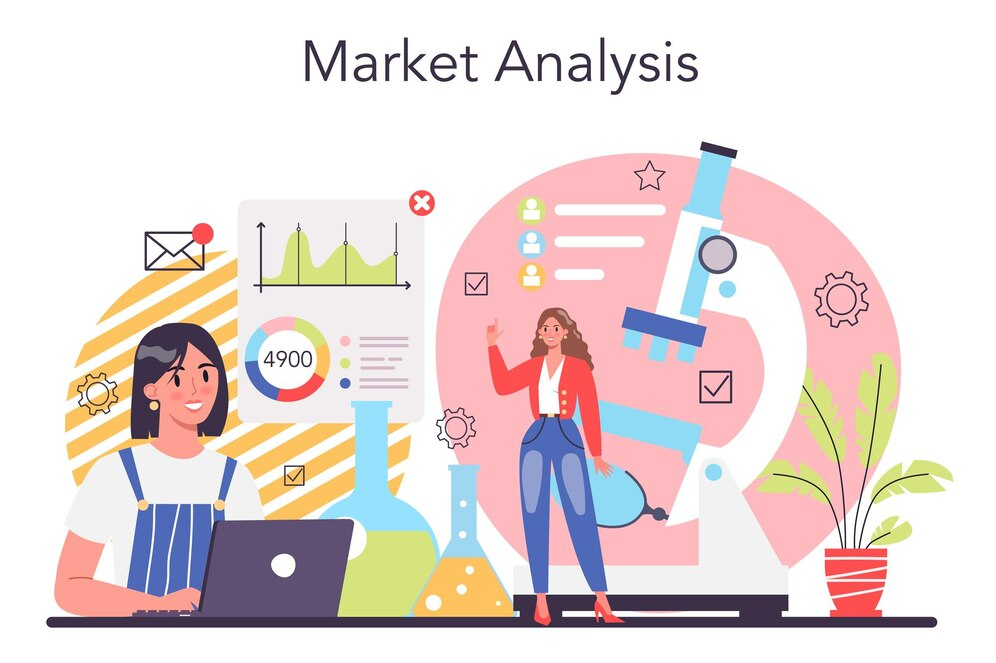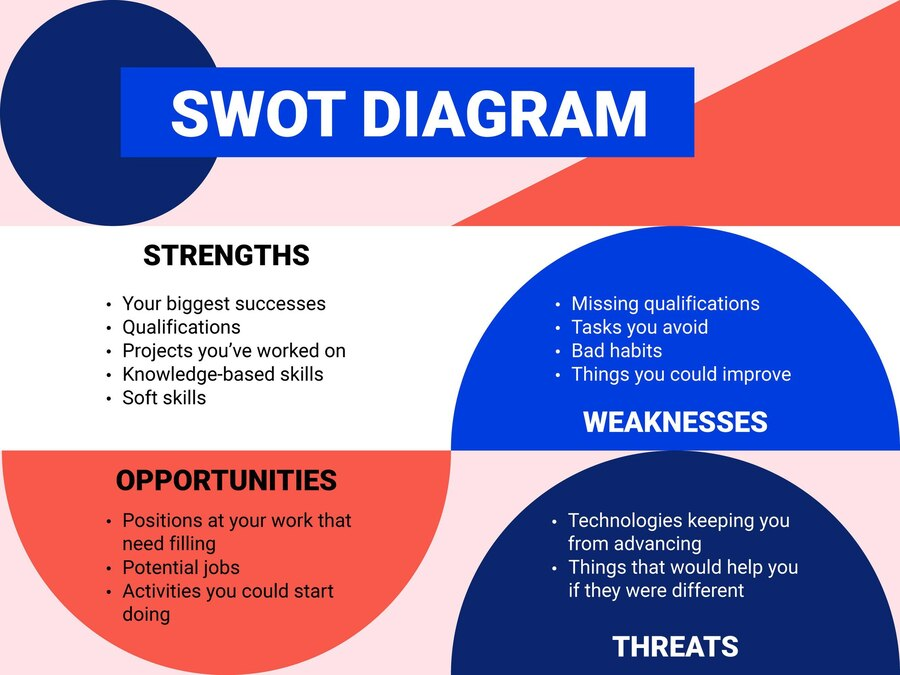by Ravindra Warang
5 minutes
The Art of Strategic Decision-Making for Pharma Leaders
Explore the art of strategic decision-making for pharma leaders, highlighting frameworks and techniques for making informed and impactful decisions.

In the fast-paced and stringently regulated world of pharmaceuticals, making effective and timely decisions is critical. Along with the stringent regulatory requirements, the industry faces several challenges, such as extended product development cycles, high levels of uncertainty, and many more. Consequently, strategic decision-making in pharma becomes a cornerstone for success. This article explores various decision-making frameworks and their application to pharmaceutical scenarios, providing insights into how pharma leadership can make impactful decisions.
Overview of Strategic Decision-Making Frameworks in Pharma
Decision-making frameworks are structured approaches that guide leaders through making choices that align with their organization's goals. These frameworks help break down complex problems, evaluate alternatives, and select the best action. Some well-established frameworks include:
- SWOT Analysis (Strengths, Weaknesses, Opportunities, Threats): This framework helps organizations assess internal and external factors that could impact their strategy. For pharma leadership, understanding strengths (e.g., proprietary technologies), weaknesses (e.g., high costs), opportunities (e.g., new markets), and threats (e.g., regulatory changes) are crucial for strategic planning.
- PEST Analysis (Political, Economic, Social, Technological): This tool analyses macro-environmental factors that could affect the industry. Pharma leadership can use PEST analysis to understand how political decisions, economic trends, social changes, and technological advancements impact strategic choices.
- Porter’s Five Forces: This framework assesses industry competition through five lenses: competitive rivalry, the threat of new entrants, the threat of substitutes, the bargaining power of suppliers, and the bargaining power of customers. In the pharma industry, understanding these forces helps companies navigate competitive dynamics and market positioning.
- Decision Trees: This tool visually represents possible outcomes, helping leaders evaluate the consequences of various choices. In pharmaceuticals, decision trees can be used to assess the potential success of drug development projects, considering factors like trial outcomes and market acceptance.
- Balanced Scorecard: This strategic planning and management system helps organizations align business activities to their vision and strategy. It provides a comprehensive view by measuring performance across financial, customer, internal process, and learning and growth perspectives. For pharma leadership, the balanced scorecard can ensure that all aspects of the business are considered when making impactful decisions.

Application to Pharma Scenarios
Strategic pharma decision-making involves navigating a maze of clinical trials, regulatory approvals, market entry strategies, and lifecycle management. Applying decision-making frameworks can significantly enhance the quality of decisions in these scenarios:
- Drug Development: Utilizing a SWOT analysis can help identify strengths (innovative research capabilities) and weaknesses (high R&D costs), while decision trees can map out potential outcomes of clinical trials and regulatory submissions.
- Market Entry: PEST analysis is invaluable when considering entry into new geographical markets. Understanding the political environment, economic conditions, social trends, and technological landscape can inform whether a market is viable.
- Regulatory Strategy: Porter’s Five Forces can help pharma leadership understand the competitive environment and devise strategies to mitigate risks associated with regulatory changes or competitive pressures.
- Product Lifecycle Management: Using the balanced scorecard ensures that strategic decisions about product launch, growth, maturity, and decline phases are aligned with the overall vision of the organization, considering financial metrics, customer satisfaction, and internal processes.
How to Make an Informed Decision?
Effective pharma leadership relies on making impactful decisions that drive the organization forward. Leaders must be adept at leveraging decision-making frameworks to navigate complexities and uncertainties. By doing so, they can enhance their strategic planning, optimize resource allocation, and improve outcomes for both the company and patients. In this section, we discuss techniques like gathering information and analyzing it and many more:

Gathering Information: Comprehensive and Strategic Approaches
Gathering information in the pharmaceutical industry involves systematic approaches tailored to the unique challenges and opportunities present in Pharma Now. Pharma leaders employ market research, leveraging detailed insights into market trends, competitor strategies, and consumer preferences. This data provides a foundational understanding that informs strategic direction and product development initiatives. Clinical trial data analysis plays a pivotal role, offering empirical evidence on the efficacy and safety of new treatments and guiding decisions on regulatory submissions and commercialization strategies.
Analyzing Information: From Data to Insight
Analyzing information goes beyond mere data crunching; it requires interpreting complex datasets to extract actionable insights. Decision-making frameworks facilitate this process by integrating quantitative analysis with qualitative assessments. Regulatory trend monitoring is critical, ensuring compliance with evolving regulations that impact product development and market access strategies. Financial analysis provides insights into investment opportunities and cost-effectiveness, guiding resource allocation decisions.
The Role of Intuition and Experience: Balancing Data with Expertise
While data-driven insights form the foundation of informed decisions, the role of intuition and experience cannot be overstated. Seasoned pharma leaders draw upon their industry expertise and gut instincts to supplement quantitative analysis, especially when data is limited or ambiguous. This blend of analytical rigour and experiential wisdom enables leaders to anticipate market shifts, identify emerging opportunities, and mitigate risks effectively.
Impactful Decisions: Driving Innovation and Patient-Centric Solutions
Ultimately, strategic decision-making in pharma aims to make impactful decisions that drive innovation and improve patient outcomes. By leveraging comprehensive data, robust frameworks, and experiential insights, pharma leaders can steer their organizations towards sustainable growth and competitive advantage in Pharma Now.
Case Studies of Successful Strategic Decisions
Strategic decision-making in pharma can dictate the course of innovation and patient care, and examining real-world case studies provides invaluable insights into effective decision-making frameworks and their impactful decisions. These case studies highlight how leaders in the pharmaceutical industry have navigated challenges, capitalized on opportunities, and ultimately transformed healthcare landscapes.

Pfizer-BioNTech COVID-19 Vaccine Development
One of the most compelling recent examples is the collaboration between Pfizer and BioNTech in developing a COVID-19 vaccine. Recognizing the urgent global need, both companies swiftly mobilized their resources and expertise in clinical trials data analysis and regulatory affairs to accelerate the development timeline. Their strategic decision to prioritize mRNA technology, supported by extensive market research and regulatory insights, enabled them to secure emergency use authorizations and swiftly distribute the vaccine worldwide. This decision addressed a critical public health challenge and positioned both companies as leaders in vaccine innovation, profoundly impacting global health outcomes and economic recovery.
Novartis' Strategic Portfolio Optimization
Novartis provides another compelling case study through its strategic portfolio optimization efforts. Facing patent expirations and competition in critical therapeutic areas, Novartis undertook a comprehensive review of its portfolio. The company identified areas with high growth potential through rigorous financial analysis and market research, such as oncology and gene therapy. They strategically divested non-core assets while investing in promising biotech startups and innovative therapies. This strategic shift revitalized their pipeline and positioned Novartis as a leader in cutting-edge medical treatments, significantly impacting their financial performance and patient outcomes.
Conclusion
As we wrap up this blog, we would like to highlight the importance of robust decision-making frameworks and a blend of analytical rigour and intuitive expertise to make impactful decisions that shape the future of healthcare.
Pharma leaders must foster innovation and continuous learning within their organizations, prioritizing cross-functional collaboration and leveraging digital technologies to enhance decision-making processes. Embracing intuition and experience alongside data-driven insights remains crucial in navigating uncertainties and making timely, informed choices.
FAQs
1. What are decision-making frameworks, and why are they essential in the pharmaceutical industry?
Decision-making frameworks are structured approaches that help pharma leaders assess complex situations, evaluate alternatives, and make informed choices aligned with organizational goals. They are crucial in navigating regulatory requirements, market dynamics, and uncertainties inherent in the pharma sector.
2. How do decision-making frameworks like SWOT and PEST analysis apply to pharmaceutical scenarios?
SWOT (Strengths, Weaknesses, Opportunities, Threats) analysis helps pharma leaders understand internal capabilities and external factors influencing strategy, such as regulatory changes and market trends. PEST (Political, Economic, Social, Technological) analysis assesses macro-environmental factors impacting the industry, guiding decisions on market entry, regulatory strategies, and technological investments.
3. Can you provide examples of successful strategic decisions in the pharmaceutical industry?
Examples include Pfizer-BioNTech's rapid development of a COVID-19 vaccine, leveraging mRNA technology after extensive market research and regulatory insights. Novartis' strategic portfolio optimization, focusing on high-growth areas like oncology and gene therapy through rigorous financial and market analysis, also showcases effective decision-making in pharma.
4. How important is intuition and experience in strategic decision-making for pharma leaders?
Intuition and experience complement data-driven insights by providing contextual understanding and foresight in ambiguous situations. Seasoned pharma leaders use intuition to anticipate market shifts, identify opportunities, and mitigate risks effectively, enhancing the quality of strategic decisions.
5. What steps can pharma leaders take to enhance their decision-making processes in the current healthcare landscape?
Pharma leaders can foster a culture of innovation and continuous learning, prioritize cross-functional collaboration, and leverage digital technologies for enhanced data analysis and decision-making. Staying informed about industry trends and regulatory changes through reliable sources like "Pharma Now" is essential for making timely and informed decisions.





